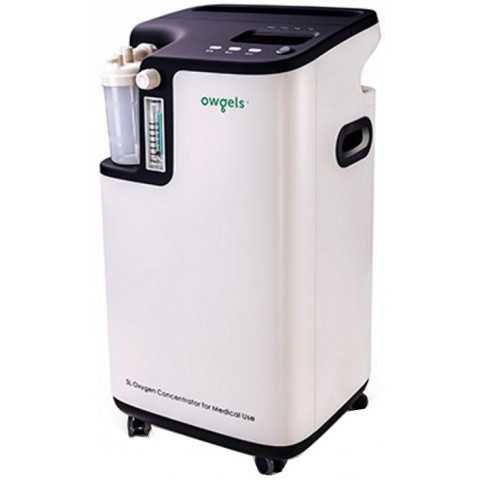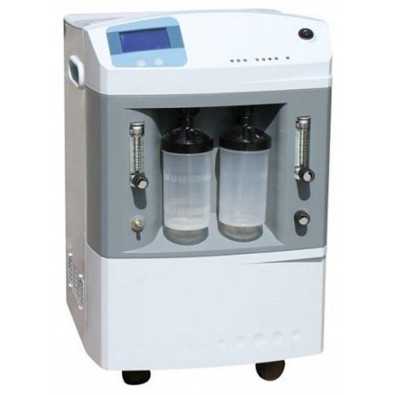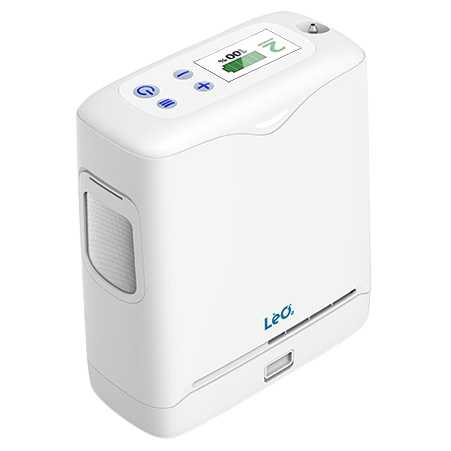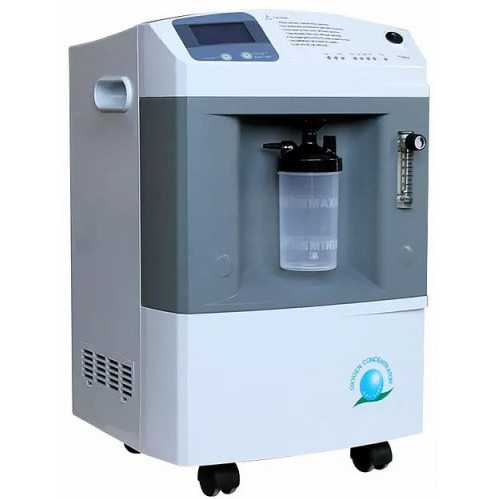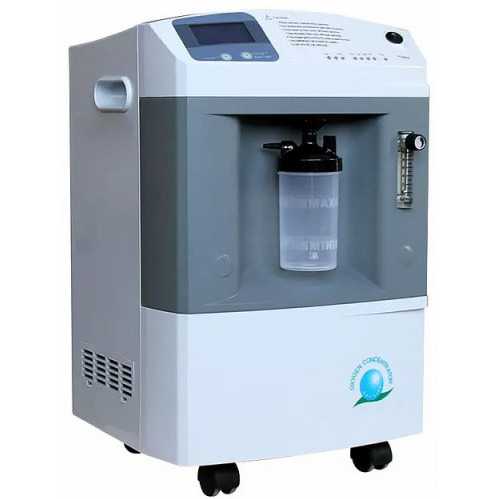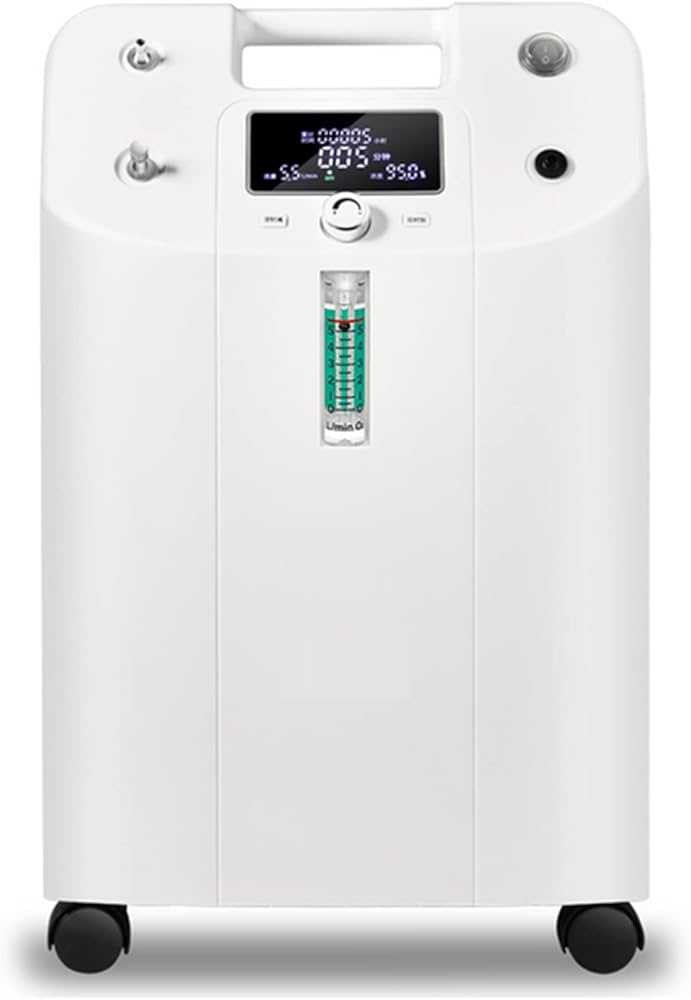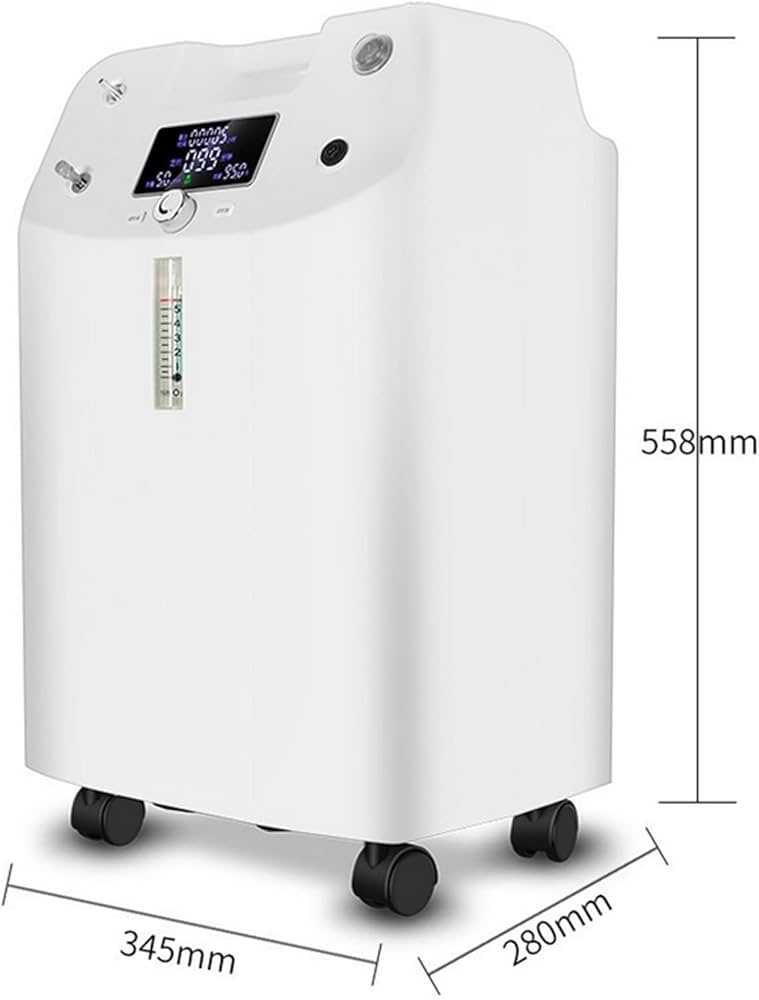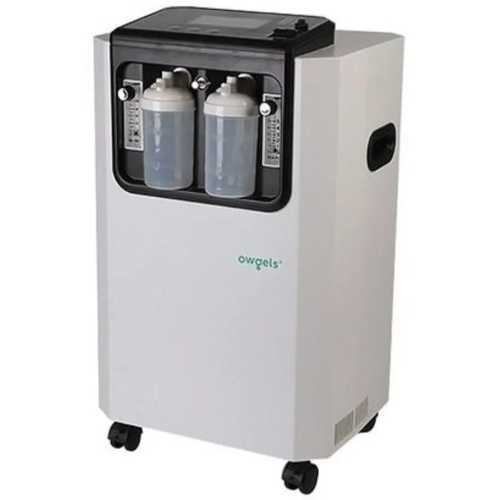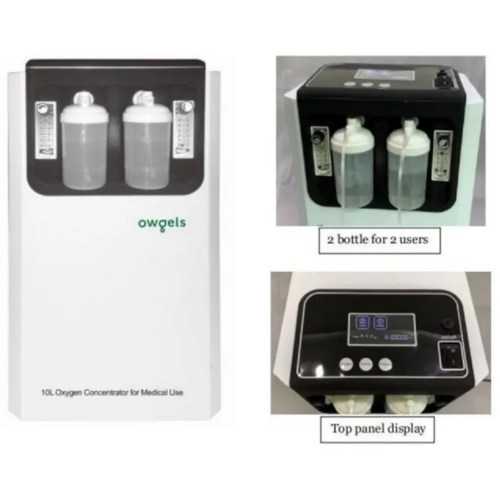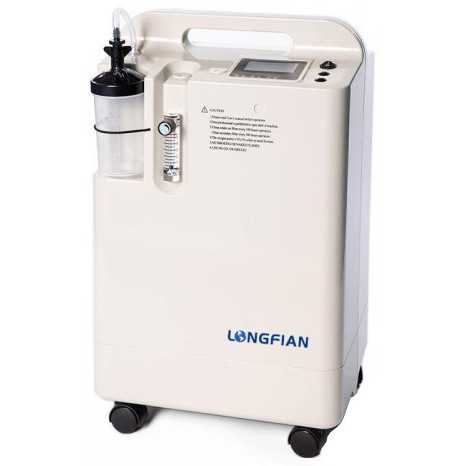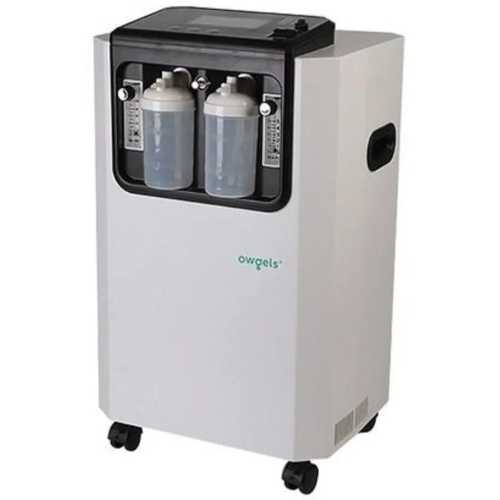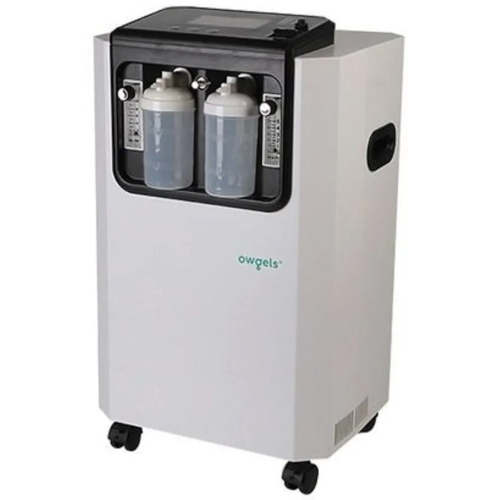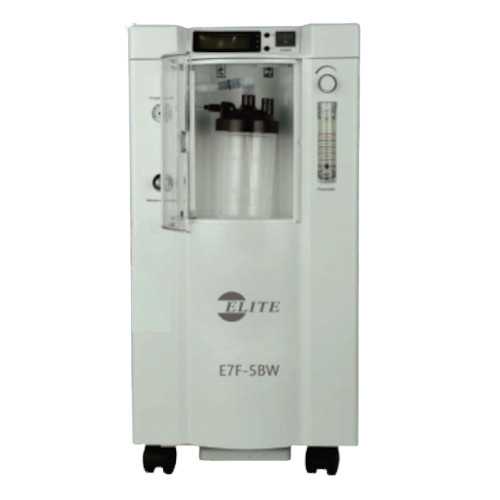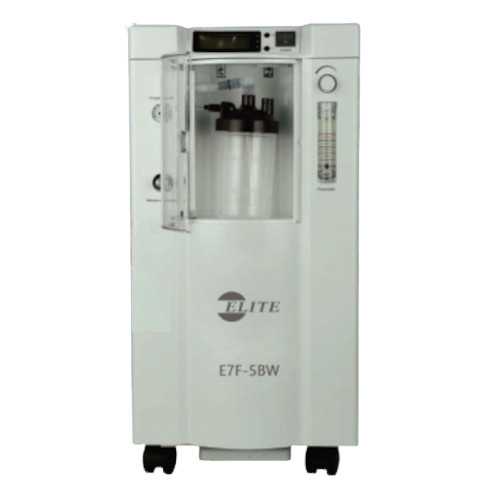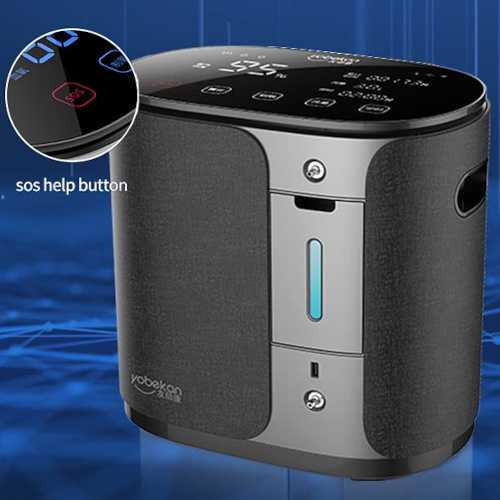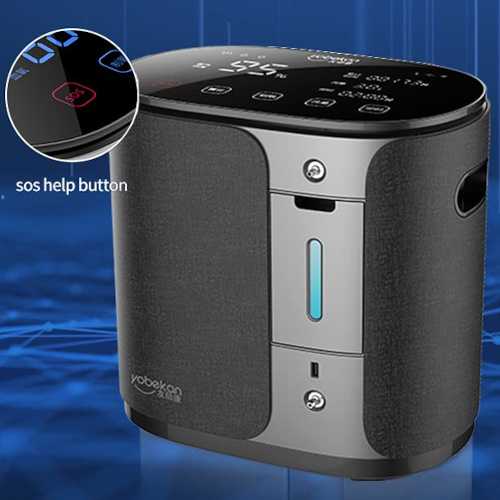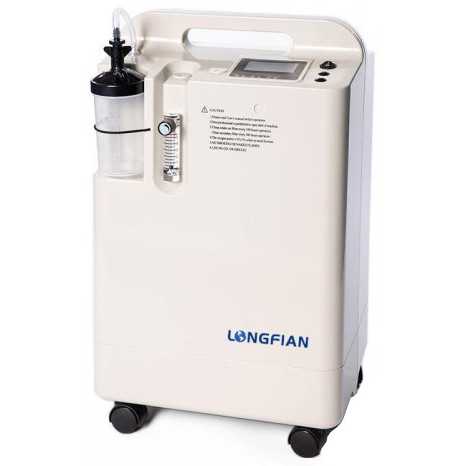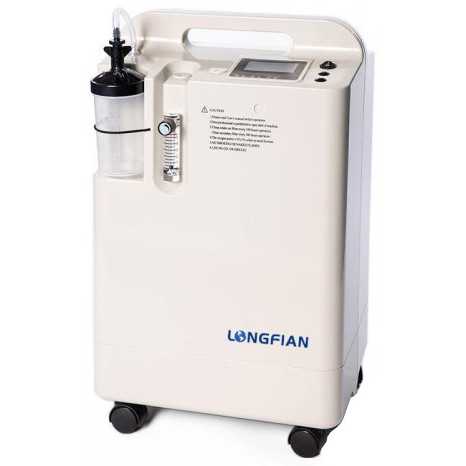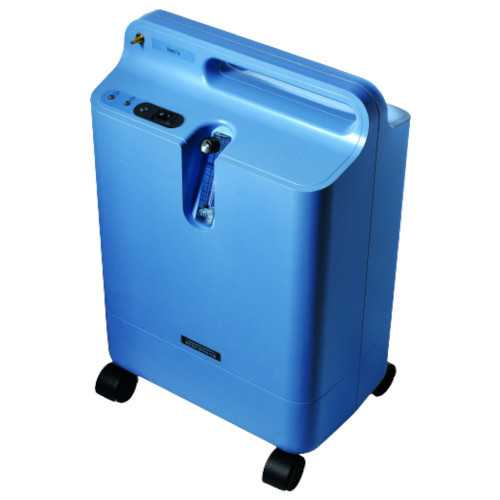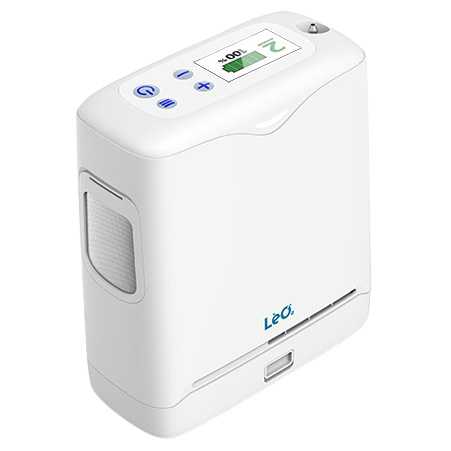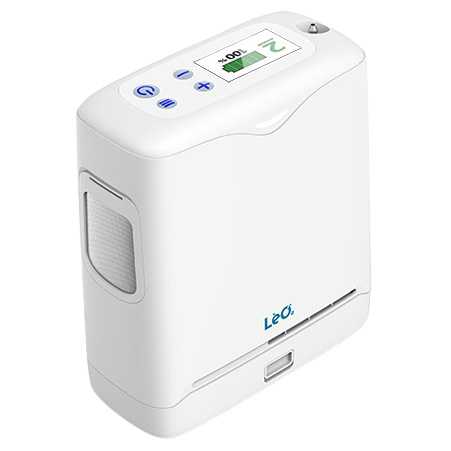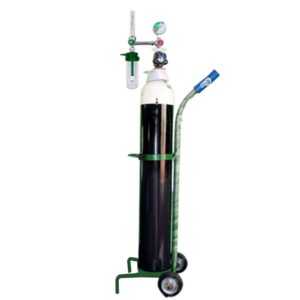Parkinson’s Disease
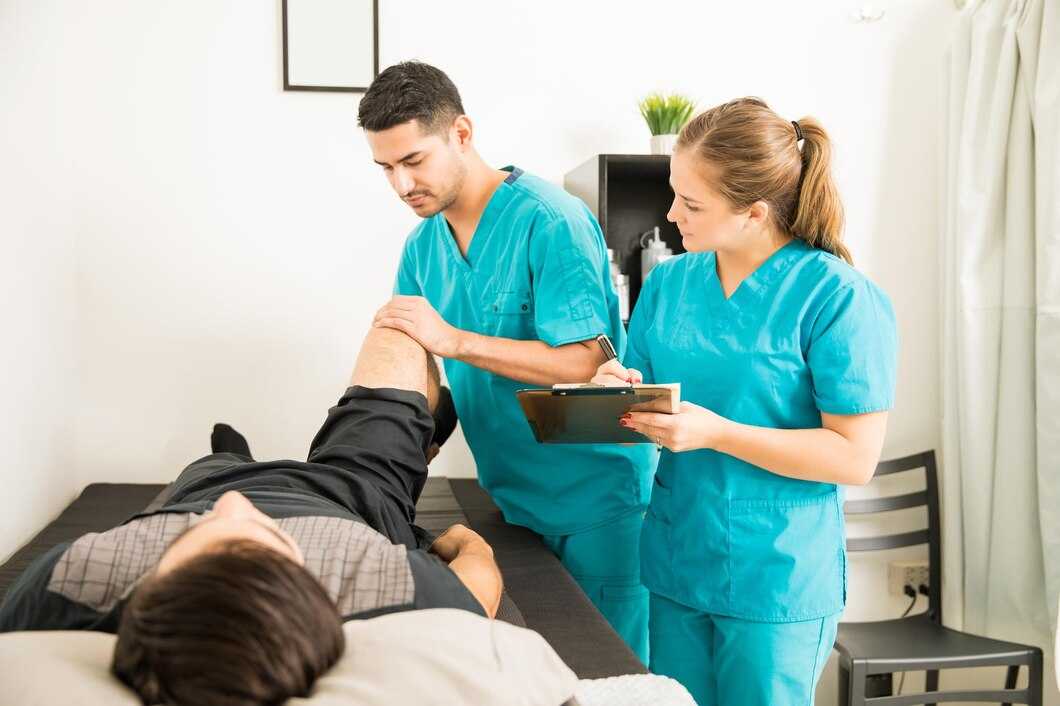
Parkinson’s Disease
what is parkinson’s disease?
Parkinson’s disease is basically a neurodegenerative disorder that affects the dopaminergic neurons in the substantia nigra area of the brain, which is essentially responsible for dopamine production. Dopamine is the chemical that is responsible for carrying messages around the brain. For example – when you feel the need to itch, it is dopamine that carries the message to the nerve cells that control the muscles you need, to itch yourself.
Content is medically reviewed by:
Shruti Bangera, Masters In Neurological Physiotherapy, Senior Physiotherapist & SME, Portea
what are the symptoms of parkinson’s disease
CHIEF SYMPTOMS
Tremors: Involuntary rhythmic movements, often seen in hands or other body parts.
Limb stiffness: Increased resistance to movement, a common symptom in various neurological conditions.
Slowness: Reduced speed of voluntary movements, characteristic of bradykinesia in movement disorders.
Improper gait and balance: Difficulty walking and maintaining equilibrium, impacting mobility and stability.
SECONDARY SYMPTOMS
Anxiety: A mental health condition characterized by excessive worry or fear.
Depression: A mood disorder causing persistent feelings of sadness and loss of interest.
Dementia: A decline in cognitive function affecting memory, reasoning, and daily activities.
Cognitive Impairment: Difficulty with memory, thinking, or learning.
Sleep Behavior Disorder: Abnormal behaviors during sleep, often linked to neurological conditions.
Loss of Sense of Smell: Anosmia, the absence or reduction of the sense of smell, associated with various health issues.
causes for parkinson’s disease
There is no clarity regarding the cause of Parkinson’s disease. However, a lot of speculation is made regarding the genetic, hereditary and environmental factors involved with this disease. Some genes have been found to be linked to the disease. Although hereditary causes of the disease are quite rare, 15% of Parkinson’s patients have been found to have a family history of it.
what are stages of parkinson’s disease
There are 5 stages of Parkinson’s disease that is supported by the Parkinson’s Foundation; they are as follows;
Stage 1: Mild symptoms that do not affect the person’s quality of life and daily activities are not much affected.
Stage 2: The symptoms worsen, making today’s activities more difficult and taking longer time to complete a simple task.
Stage 3: It is around this stage that Parkinson’s starts getting severe and causes difficulties in the performance of daily activities like dressing, eating, brushing etc. Individuals also tend to lose balance and are more likely to falling and hurt themselves.
Stage 4: Parkinson’s disease gets very severe and the patient requires assistance in their daily activities and also walking
Stage 5: The advanced stage of Parkinson’s disease rendering a person completely helpless. Such person’s require complete monitoring and assistance with living.
diagnosis for parkinson’s disease
The expertise of a highly trained neurologist is crucial for accurately diagnosing Parkinson’s disease, given the absence of specific diagnostic tests. To assess and confirm the condition, physicians typically employ a comprehensive approach involving various diagnostic tools. This includes ordering blood tests and conducting a series of advanced imaging studies, such as Magnetic Resonance Imaging (MRI), brain ultrasound, Single-Photon Emission Computed Tomography (SPECT), and Positron Emission Tomography (PET) scans. These examinations serve the dual purpose of not only helping to identify potential abnormalities associated with Parkinson’s but also eliminating other disorders that may manifest similar symptoms. The meticulous evaluation conducted by a neurologist ensures a thorough diagnostic process, aiding in the accurate identification and differentiation of Parkinson’s disease from other possible conditions with comparable clinical presentations.
average age of parkinson’s patients
Parkinson’s usually affects people over 60 years of age, but there have been found exceptions to this and some people have been diagnosed at the age of 40 and even younger.
what is parkinsonism?
Parkinsonism is a blanket term given to a range of movement disorders that exhibit symptoms similar to Parkinson’s disease. A majority of people suffering from a form of Parkinsonism have idiopathic Parkinson’s. Parkinson’s disease or Idiopathic Parkinson’s is the most common form of Parkinsonism. Idiopathic essentially means that the cause is not known for the disease.
types of parkinson’s disease and parkinsonism
The different types of Parkinson’s disease and Parkinsonism are:
Corticobasal Degeneration: A rare neurodegenerative disorder involving progressive brain degeneration.
Dementia with Lewy Bodies: Dementia characterized by cognitive decline, visual hallucinations, and motor symptoms.
Drug-Induced Parkinsonism: Parkinsonian symptoms caused by certain medications affecting dopamine function.
Essential Tremor: Common neurological disorder causing rhythmic shaking, typically in the hands.
Multiple System Atrophy: Rare progressive disorder impacting movement, balance, and autonomic functions.
Progressive Supranuclear Palsy: A rare brain disorder causing issues with balance, eye movement, and coordination.
Vascular (Arteriosclerotic) Parkinsonism: Parkinsonism symptoms caused by vascular issues and reduced blood flow to the brain.
Parkinson’s Disease Treatment
There is currently no cure for Parkinson’s disease presently. However, medication, physiotherapy and in a few cases surgery might prove beneficial.
Medication: Though medications don’t cure Parkinson’s, it provides a lot of control on the symptoms of the disease, which brings much relief to the patients.
Physiotherapy for Parkinson’s disease: Physiotherapy for Parkinson’s disease forms a very important component in Parkinson’s treatment. The main idea behind offering physiotherapy to Parkinson’s patients is to address the issues of mobility, flexibility, posture and balance.
Parkinson disease physiotherapy offers great help in the maintenance of patient’s mobility and balance, thereby offering functional independence to them. Physiotherapy exercises also help to mobilize stiff joints and provide flexibility to tight muscles.
Apart from that Physiotherapy also retrains the patients to perform daily activities in a safer manner. In fact Parkinson’s disease treatment guidelines highly advise the inclusion of physiotherapy in the treatment of Parkinson’s
Surgery: Surgery is not readily advised in Parkinson’s treatment, only in a few selected cases is surgery advised. Typically, when the patient has reached advanced stage of the disease and has unmanageable motor symptoms, surgery is advised.
Surgery for Parkinson’s is of three types namely;
Pallidotomy – Pallidotomy surgery destroys the globus pallidus, which is a part of the brain that is believed to make the patient very rigid in movement. After Pallidotomy surgery, the patient tends to become less rigid and feels ease in symptoms like tremors and balance instability.
Thalamotomy – Thalamotomy surgery brings relief from tremors. In this surgery a part of the thalamus (part of the brain) is destroyed, as it is believed to be the cause behind tremors.
Deep Brain Stimulation – This is the final form of all Parkinson’s treatment. Deep brain stimulation is provided when no other therapy and medications are found to work. In this surgery, doctors implant electrodes in selected areas of the brain, to control the impulses that cause Parkinson’s. Another device is inserted in your chest to control the impulses emitted from the electrodes and a wire runs under your skin, connecting the device to the ‘lead’ in the brain.
Researchers have been experimenting with stem cell therapy, where dopamine producing cells are extracted from stem cells. However, this therapy is still at a nascent stage and more research is needed for it to become of some value.
SOME RELATED PHYSIOTHERAPY TREATMENT
Back pain Treatment
Lower back pain treatment
Treatment For Neck Pain
Frozen Shoulder Treatment
Slipped Disc Treatment
MYTHS ABOUT PARKINSON’S:
A lot of myths and misconceptions are attached with Parkinson’s disease. Here are a few myths debunked about the disease;
Parkinson’s is a movement related disease – Parkinson’s disease involves both motor and non motor symptoms like tremors, impaired balance, depression, REM sleep behavior disorder, etc.
Tremors are the chief indicator of Parkinson’s – Tremors although are one of the many symptoms of Parkinson’s, each person affected with Parkinson’s displays unique variations of the symptoms. And tremors can also be seen in cases of stroke, multiple sclerosis and brain trauma injury.
Parkinson’s disease is curable – Parkinson’s has no cure up till now. However, medications and physiotherapy help in managing and controlling the symptoms.
Only older people are diagnosed with Parkinson’s – This is not entirely true, although a large number of patients with Parkinson’s are over the age of 60, in many cases early onset and teen onset has even been detected.
how can we help on parkinson’s treatment?
At Portea, we specialize in delivering comprehensive healthcare services, including nursing for home care, doctor consultations, and physiotherapy at home. Our caregiving extends to conditions like Parkinson’s, where our expert physiotherapists provide tailored exercises to enhance mobility and manage the impact of the condition. For those affected by Parkinson’s, our dedicated parkinson’s physiotherapy treatment sessions aim to maintain and strengthen physical capabilities, focusing on education and self-management during initial sessions, and later emphasizing improvements in gait, balance, manual activities, and fall risk reduction. With a team of well-trained home physiotherapist, we are committed to enhancing the overall quality of life for our clients through personalized and compassionate healthcare services.
With Portea, you’re not just getting a parkinson disease physiotherapy service ; you’re gaining a partner in your journey to recovery and well-being. We also offer a range of superior healthcare services, including doctor consultations, medical equipment, nursing home care, and dedicated caretakers. Rely on us for top-tier healthcare solutions tailored to your requirements.

